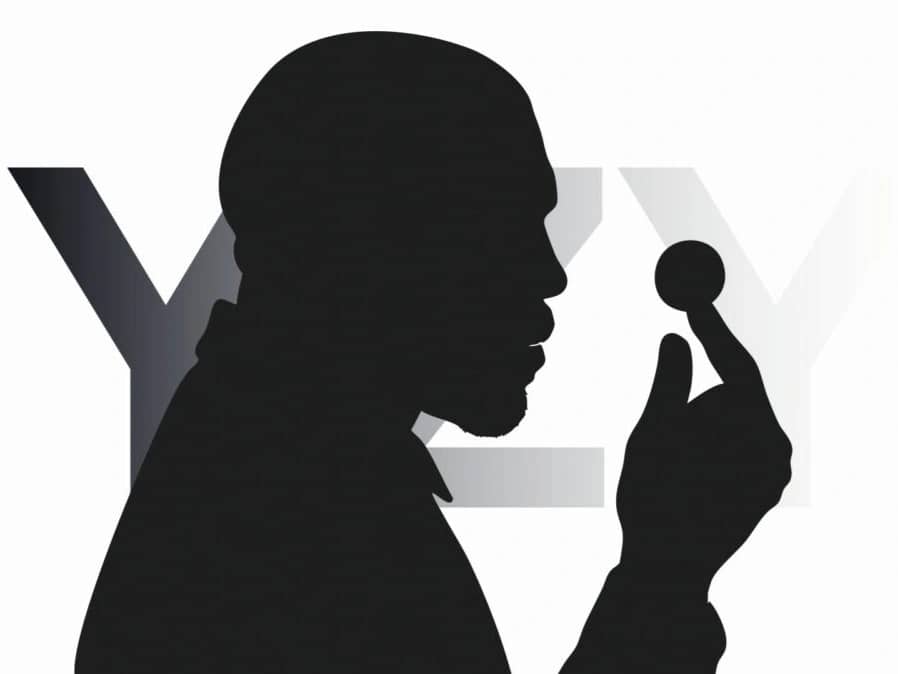订阅 wiki
Share wiki
Bookmark
YZY Money
YZY Money
YZY Money 是由艺术家坎耶·韦斯特(又名 Ye)推出的一个 加密货币 项目和支付生态系统。该项目包括 YZY 代币、Ye Pay 和 YZY 卡,于 2025 年 8 月 21 日在 Solana 区块链 上推出,其既定目标是将 加密货币 与日常金融交易相结合。[1] [6]
概述
坎耶·韦斯特通过社交媒体平台 X 上的一篇帖子宣布了 YZY Money,他在帖子中表示:“Yeezy Money 来了……一个建立在链上的新经济。”该项目在其官方网站上被描述为“让您掌控一切,摆脱中心化权威的概念”。该生态系统由三个主要组成部分组成:YZY 代币、名为 Ye Pay 的支付处理器和名为 YZY 卡的非托管借记卡。该项目旨在提供交易和消费数字资产的工具,重点是降低商家的费用。[2] [3] [7]
此次发布立即引起了 加密货币 市场的极大兴趣。YZY 代币是在 Solana 区块链 上铸造的,该平台以其高交易速度和低成本而闻名,已成为新代币发行(尤其是 memecoins)的热门选择。公告发布后,该代币的市值一度达到 30 多亿美元的峰值,之后出现大幅下跌。该项目的文档概述了具体的的技术特性,例如旨在促进公平分配的反狙击机制,以及分配给其母公司的代币的透明归属时间表。[9] [1] [8]
尽管此次发布备受瞩目,但该项目立即遇到了争议,并对其结构和交易活动表示担忧。[10] 链上数据显示,有强有力的证据表明存在内幕交易,一些钱包在公开宣布之前购买了大量代币。[9] 例如,据报道,一个钱包花费了大约 45 万美元购买了 129 万个 YZY 代币,后来出售了一部分,获利超过 150 万美元。[10] 这种行为与该项目反狙击措施的既定目的相矛盾。进一步的分析显示,所有权高度集中,前四个钱包控制了总供应量的近 80%,据称内部人士在分配前持有 94% 的供应量。[11] [12] 观察员强调了其他风险。该代币的流动性池仅使用 YZY 代币创建,而不是与 USDC 等稳定币配对。这种单边设置允许开发人员以可以操纵价格的方式添加或删除流动性,并对散户投资者构成重大风险。[10] CoinGecko 引用的平台 Rugcheck.xyz 的一项分析还表明,该代币的智能合约允许创建者进行重大更改,例如更改合约元数据、禁用销售、修改费用或 铸造 无限数量的新代币。[4] 最初的报道提到,有人猜测韦斯特的 X 账户可能已被盗用,或者宣传视频是深度伪造的,但韦斯特官方网站上 YZY 作为支付选项的出现反驳了这些怀疑。[11] [1] [7]
免责声明
YZY Money 官方网站包含一项声明,指出 YZY 代币旨在作为“对品牌所代表的理想的支持和参与的表达”。它澄清说,该代币并非旨在成为一种投资机会。[7]
历史
YZY Money 项目于 2025 年 8 月 21 日正式启动。坎耶·韦斯特通过他在 X(前身为 Twitter)上的官方账户发布了公告,他在公告中分享了一段视频和一张图片,其中显示了该代币的合约地址以及其网站的链接。[1] [5] [7] 此次发布标志着韦斯特此前对 加密货币 的公开立场发生了显著转变。2025 年 2 月,他曾表示他不会发行代币,声称它们“利用炒作来掠夺粉丝”。[10] 大约在同一时间,在后来删除的社交媒体帖子中,他还声称拒绝了 200 万美元的报价来推广一种欺诈性代币,称这是“诈骗公众数千万美元”的企图。[11] 该代币开始在 Solana 网络上的去中心化交易所进行交易,主要通过 Meteora 等平台上的流动性池。[2] [7]
市场的反应是迅速而剧烈的。在其发布后的短短 40 分钟内,该代币的市值飙升至超过 30 亿美元的峰值。[9] [12] 这一最初的飙升使价格上涨了近 6,800%,达到 3.16 美元的高位,随后出现大幅下跌。[10] 由于内幕销售和结构性问题浮出水面,该代币的价值从峰值下跌了近 70%,其市场 cap 跌至约 10.5 亿美元。[11] [9] 尽管波动剧烈,但其 24 小时交易量超过 2.9 亿美元,表明最初的交易活动非常活跃。[4] [8]
技术
区块链
YZY 代币及其相关生态系统建立在 Solana 区块链 上。所有 YZY 代币都在 Solana 上铸造,利用其网络进行交易。YZY 代币的官方合约地址为 DrZ26cKJDksVRWib3DVVsjo9eeXccc7hKhDJviiYEEZY。[2]
反狙击机制
为了对抗通常在新代币发行中占据主导地位的自动交易机器人(称为“狙击手”),该项目实施了反狙击系统。根据该项目的文档,同时部署了 25 个不同的 YZY 代币合约地址。其中只有一个被随机选择作为代币发行的官方合约。这种方法旨在通过创建 1/25 的机会来定位正确的合约,从而降低机器人试图在普通大众之前购买代币的效率。[1] [2] 然而,尽管采取了这一措施,Lookonchain 等平台的链上分析表明,一些内部钱包事先知道正确的合约地址。这种内幕交易的证据使精选钱包能够获得巨额利润,这直接与反狙击机制促进公平发行的既定目标相矛盾。[10] [8]
归属协议
对于分配给 Yeezy Investments LLC 的代币,该项目使用 Jupiter Lock,这是 Solana 网络上的一个开源且经过审计的协议。该协议有助于根据预定义的时间表在链上锁定和分配代币。归属时间表是透明的,可以在 区块链 上公开验证。这些代币在最初的 3 个月、6 个月和 12 个月的不同批次悬崖期后,在 24 个月内发布。[2]
代币经济学
YZY 代币的最大供应量为 10 亿个代币。在官方材料中被称为“YZYNOMICS”的分配,分配给公众可用性、流动性提供以及项目管理实体的既定部分。[4]
分配结构如下:
- 公共供应: 20%
- 流动性: 10%
- Yeezy Investments LLC: 70%
- 30% 需经过 3 个月的悬崖期,然后是 24 个月的归属期。
- 20% 需经过 6 个月的悬崖期,然后是 24 个月的归属期。
- 20% 需经过 12 个月的悬崖期,然后是 24 个月的归属期。
这种分配模式确保了母公司持有的大部分代币随着时间的推移逐渐释放,这是一种常见的做法,旨在协调长期利益并防止突然的市场影响。[2]
生态系统
YZY Money 项目不仅包含代币,还概述了一个更广泛的金融生态系统。[3]
YZY 代币
YZY 代币是为 YZY Money 生态系统内的交易提供支持的本地货币。它可以在基于 Solana 的去中心化交易所进行交易,官方流动性池建立在 Meteora 上,地址为 DQ9weJhfiU4iL5LUoeshDrm5KxDHCMiSbnnKJz7buMcf。[2]
Ye Pay
Ye Pay 是一种为商家设计的支付处理器。它允许企业接受 加密货币 和传统信用卡付款。Ye Pay 的既定目标是提供低于传统支付平台通常收取的 3.5% 标准交易费。该服务旨在无缝集成到商家网站和应用程序中,为消费者提供简化的结账流程。[3] [6]
YZY 卡
YZY 卡是一种非托管借记卡,使用户能够在全球数百万商家处消费 YZY 和 USDC 和 USDT 等稳定币。作为一种非托管工具,它允许用户直接从自己的钱包中消费其数字资产,而无需通过中介将其转换为 法定货币。这让用户可以更好地控制自己的资产。该卡可以使用任何非托管钱包中的资产进行充值,从而在资金来源方面提供灵活性。[3] [2] [6]
发现错误了吗?
